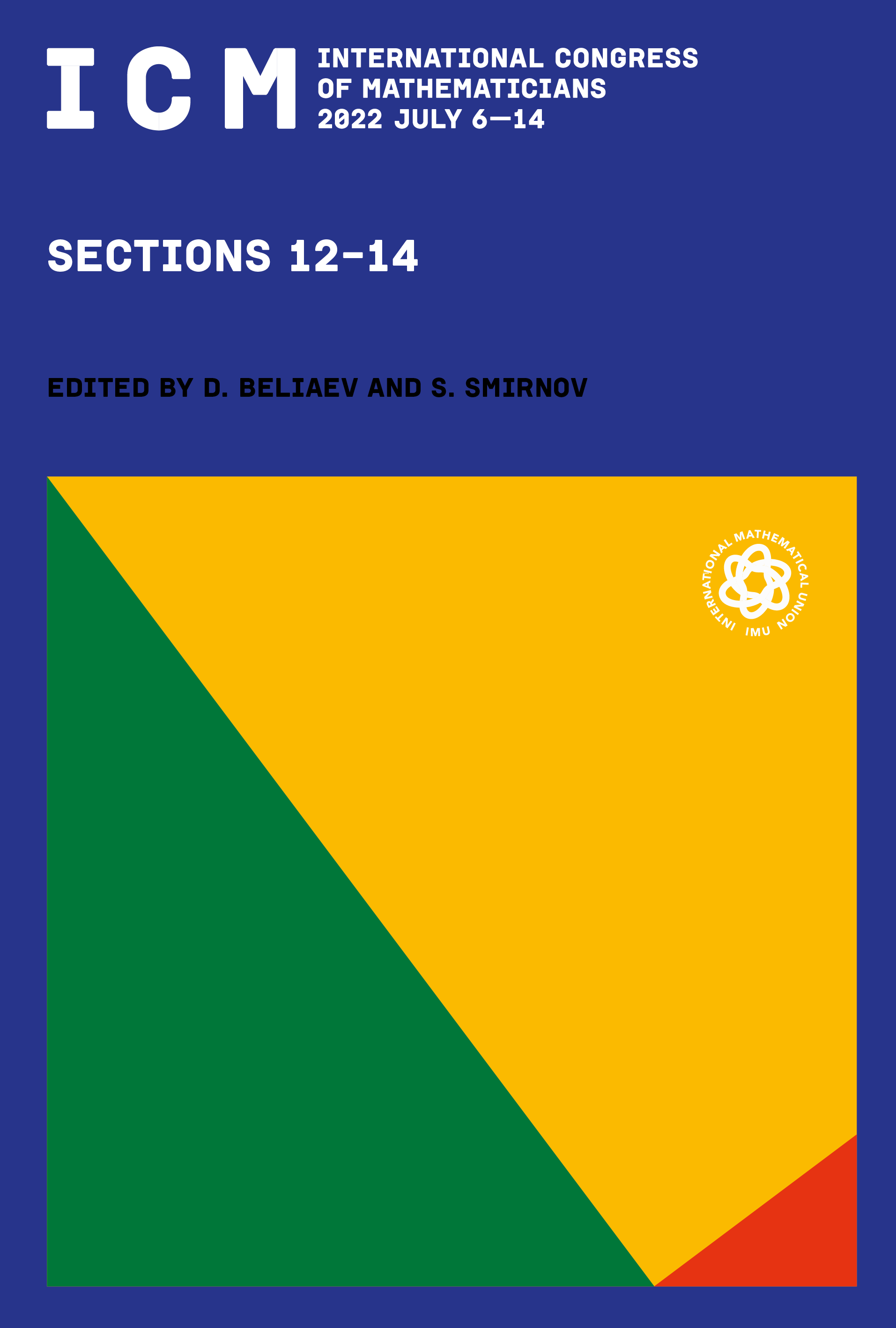Schubert calculus and quiver varieties
Allen Knutson
Department of Mathematics, Cornell University, Ithaca, New York, USA

This book chapter is published open access.
Abstract
The Littlewood–Richardson rule (1934) is a combinatorial (and, in particular, manifestly positive) way to compute the structure constants of two a priori unrelated rings-with-basis: the representation ring of , and the cohomology ring of the Grassmannian . We recall a wealth of generalizations of the latter ring (changing the space, the cohomology theory, or the basis), all of which have non-manifestly-positive rules for computation, nowadays called their Schubert calculus. Until this century very few of these structure constants had combinatorial rules for their calculation, although many of the structure constants have been proven (ineffectively) to be nonnegative.
In recent years the formal similarity of one of these rules (the Knutson–Tao “puzzle” rule for equivariant cohomology) to quantum integrable systems has been traced to the geometry of quiver varieties, a class among which one finds the cotangent bundles to Grassmannians. This allowed for the discovery and proof of rules for many heretofore unsolved Schubert calculus problems, and new connections to representation theory.